Fig.
1 - Adolf Franz Karl Viktor Maria Loos.
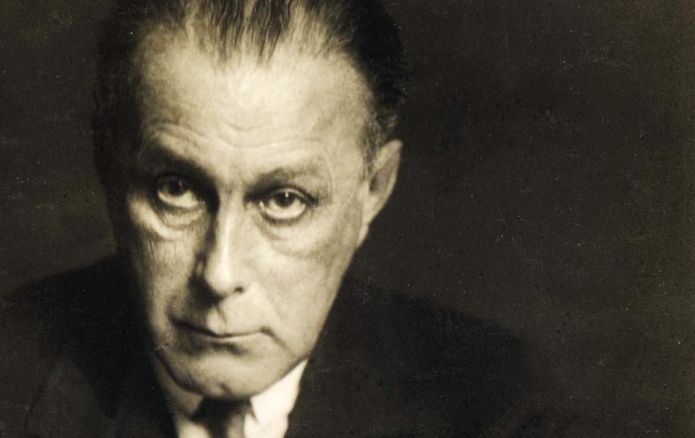
Fig.
2 - Frontispiece of the magazine edited by Adolf Loos DAS ANDERE, II,
1903.
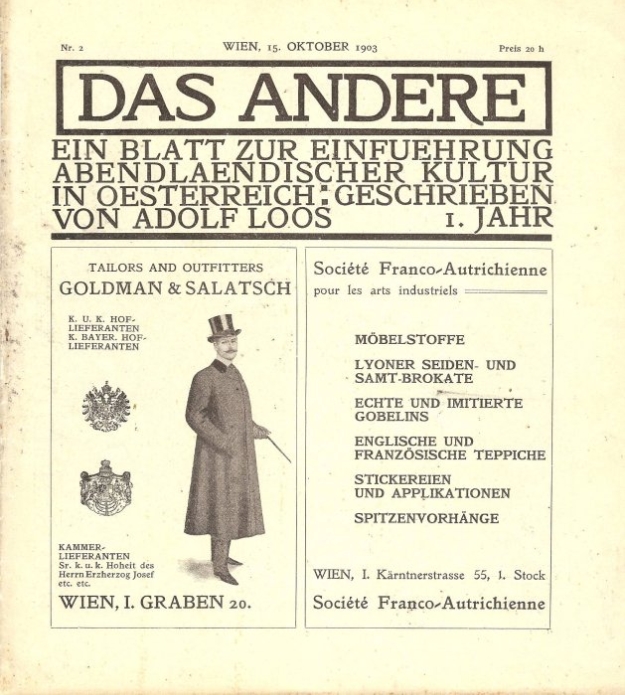
Fig.
3 - Adolf Loos with Karl Kraus and Herwarth Waldenl, 1909.
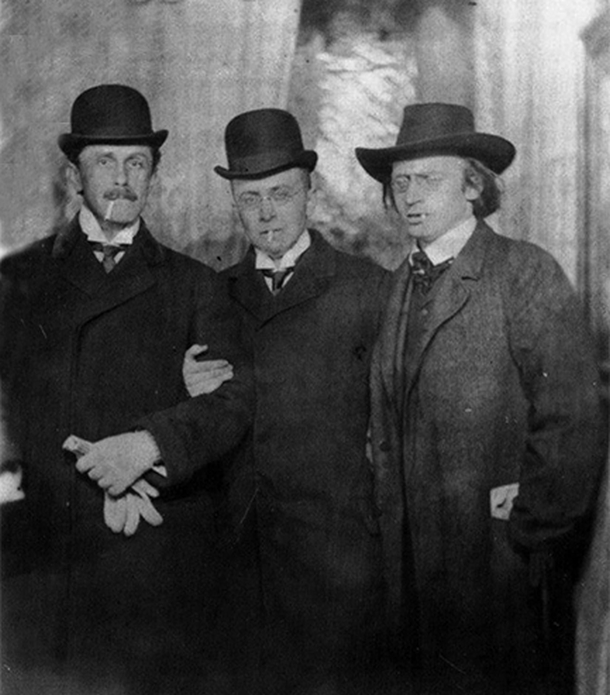
Fig.
4 - Adolf Loos tend the ear, Dessau, 1931.
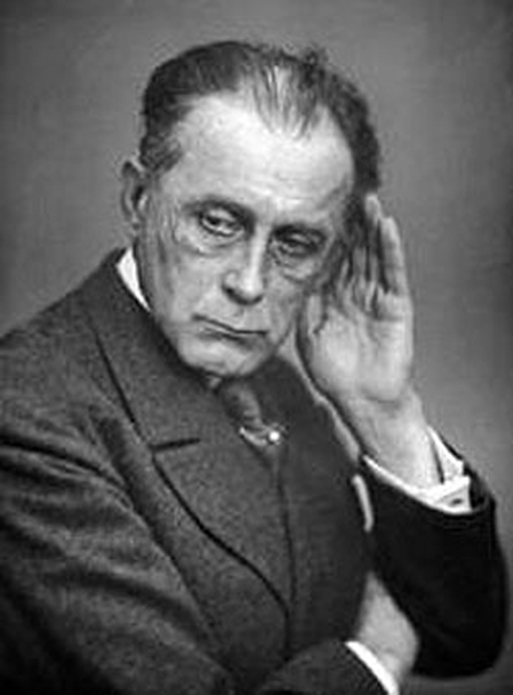
Fig.
5 - Adolf Loos with his second wife, the actress Elsie Altmann, 1921

Fig.
6 - Adolf Loos in America, 1895.
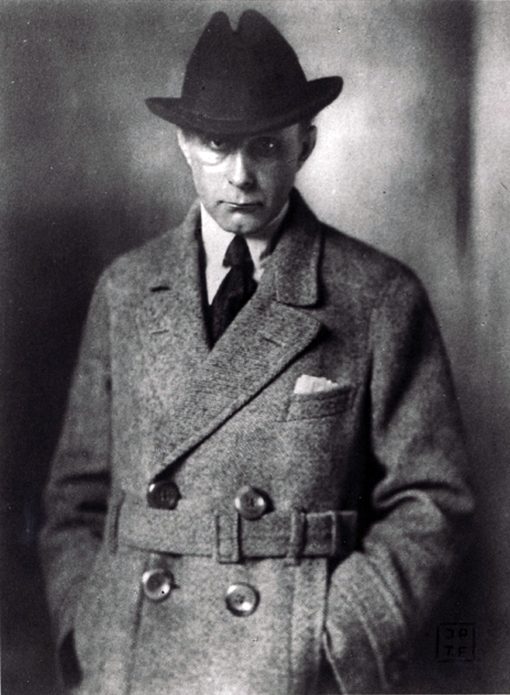
Fig.
7 - First edition of Words in the void, published in Paris and Zurich in 1921.
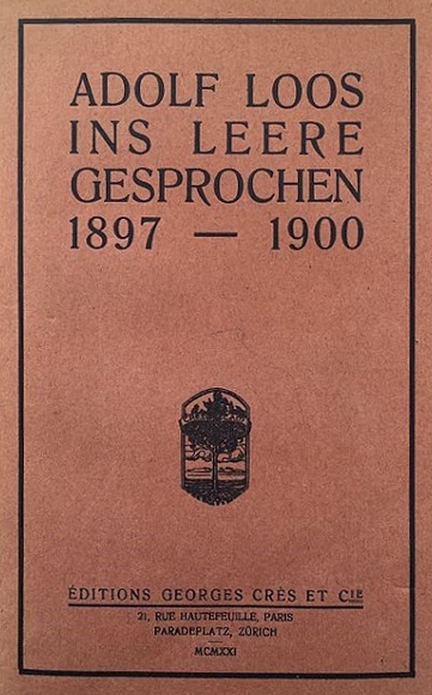
Fig.
8 - Inauguration of the Café Museum. Adolf Loos standing to the right, April 19, 1899.
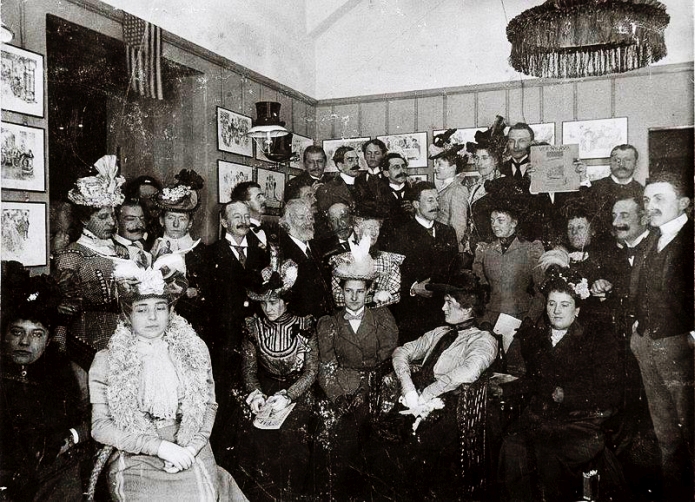
Fig.
9 - Living room at the Müller house
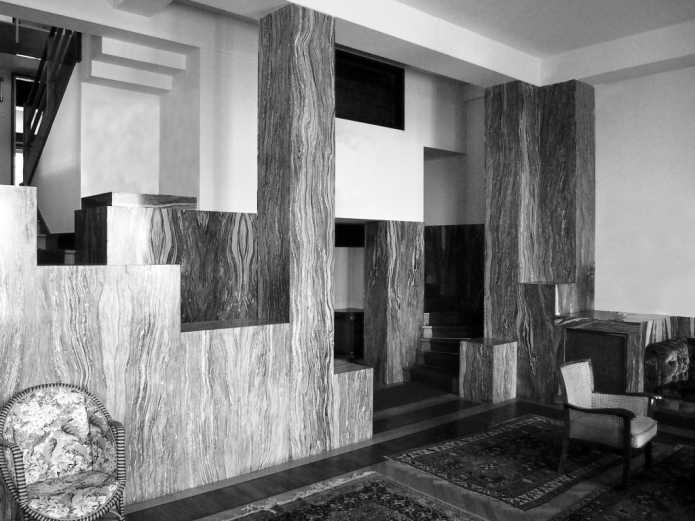
Fig.
10 - Adolf Loos with Claire Back, on their wedding day, July 1929.
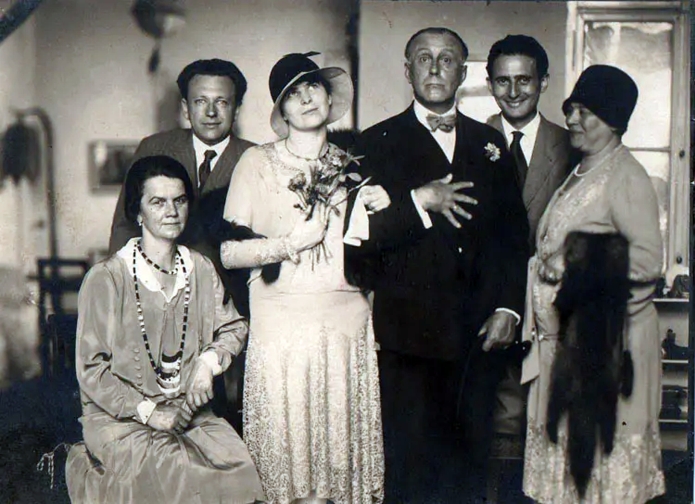
Fig.
11 - Adolf Loos with Claire Back and Kiki, their Japanese dog,
1930.
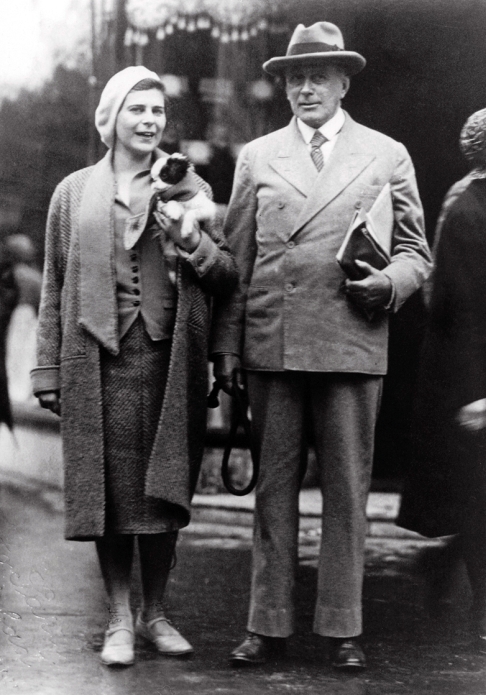
Fig.
12 - Ornament und Verbrechn, poster of the public conference of March 12, 1909.
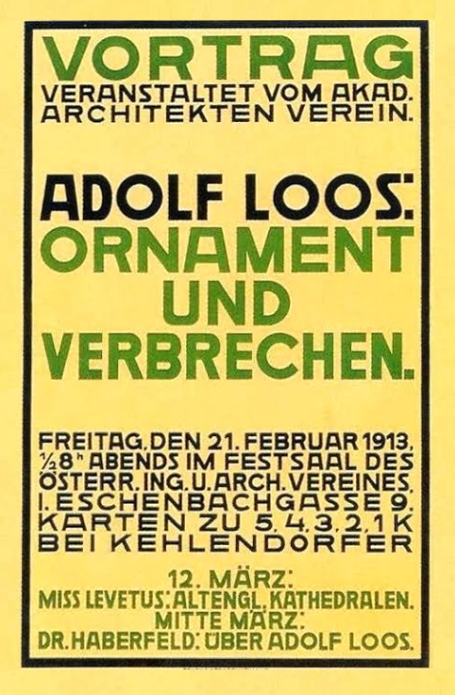
Fig.
13 - Adolf Loos with Lina Loos Obertimpfler, Peter Altemberg and Heinz
Lang, 1904.
